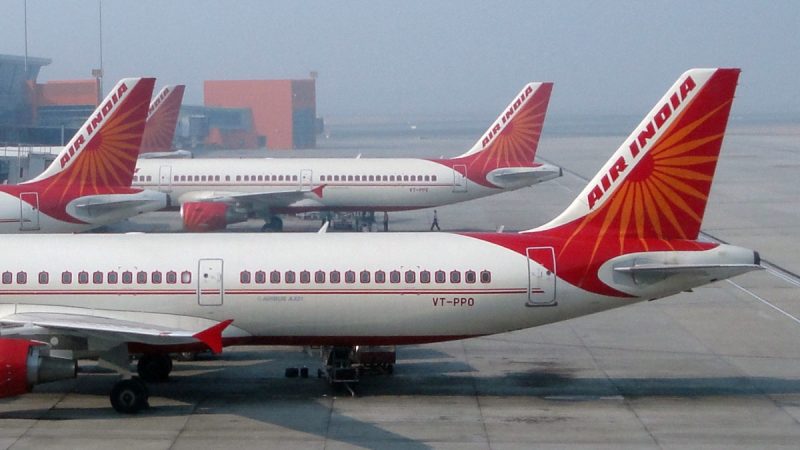The aviation sector in India is facing a huge storm. Yes, more and more Indians are choosing to travel by air. However, the leading airlines in the country have reported heavy losses in the financial year 2024-25 (FY25). The biggest shock came from Air India and its budget arm Air India Express, both owned by the Tata Group, which together posted the steepest losses of all.
Air India, Air India Express, And More Airlines Report Heavy Losses
According to the government’s update in Parliament, Air India and Air India Express together lost a massive ₹9,568.4 crore last year. Out of this, Air India reported a loss of ₹3,890.2 crore, while Air India Express, which had been profitable for many years, reported a staggering ₹5,678.2 crore loss. This sudden dip into losses shows how difficult the aviation business has become, even for carriers with loyal passengers.
It wasn’t just Air India that faced turbulence. According to Zee Business reports, Akasa Air, India’s newest airline, also reported a loss of ₹1,983.4 crore. As a young airline still building its network and fleet, the costs of expansion seem to have hit it hard. On the other hand, SpiceJet, which has been struggling with financial troubles for several years, managed to limit its losses to ₹58.1 crore, a comparatively much smaller figure.
But standing tall among all was IndiGo, India’s largest airline. While others bled money, IndiGo reported a pre-tax profit of ₹7,587.5 crore, Zee Business reported. With its strong network, efficient operations, and cost controls, IndiGo continues to be the market leader by a wide margin.
Also Read: One Killed, And 39 Injured After Bus Carrying Pilgrims To Vaishno Devi In J&K Falls Into Gorge
Indian Airlines Face A Tough Year
Losses were not the only problem. Indian airlines are also carrying heavy debt. Air India’s debt was reported at ₹26,879.6 crore, while IndiGo’s debt was even higher at ₹67,088.4 crore. As per the Zee Business reports, Air India Express, Akasa Air, and SpiceJet carried smaller but still significant debts of ₹617.5 crore, ₹78.5 crore, and ₹886 crore, respectively.
Minister of State for Civil Aviation Murlidhar Mohol explained that since the aviation sector was deregulated in 1994, airlines are free to take their own financial and operational decisions, Zee Business reported. The government’s role, he said, is to create a supportive environment. Through policies like the National Civil Aviation Policy, 2016, and schemes like UDAN, it helps airlines fly to smaller towns and cities by making regional routes more cost-effective.
He has also reassured the parliament that there has been no reduction in airline capacity in July 2025 compared to previous months. So, despite the mounting financial stress, planes are still flying and routes are still being maintained.
The numbers reveal a worrying picture. While there is an evident rise in passenger numbers and demand for air travel, unfortunately, most airlines are struggling to stay profitable.
Cover Image Courtesy: Wikimedia Commons/Kambui
For more such snackable content, interesting discoveries and the latest updates on food, travel and experiences in your city, download the Curly Tales App. Download HERE.
